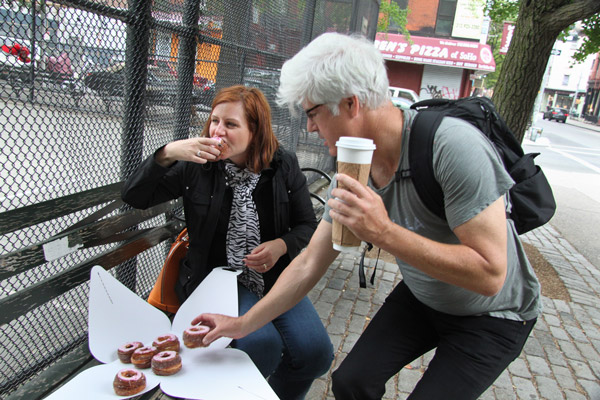Croissant + Donut= Cronut!

Is the Cronut the new craze in the bakery scene??
If you are a foodie, you might have heard recently about the legend of the Cronut. The Cronut is a hybrid of a doughnut and a croissant, created by the pastry chef Dominique Ansel and sold at his New York bakery, Ansel's SoHo. Chef Ansel introduced the world to Cronuts on May 10, and since then, this new bakery item has been the latest trend among food lovers.

Cronuts after Cupcakes?
Cupcakes have been the latest trend in the food baking industry for the past 5 years in the world. The concept was first introduced after “Sex and the City” TV series with the first prominent Magnolia Bakery in New York City (Source: Business Insider, Jan 2011). Cupcake became a global ubiquitous phenomenon, spreading all over the world in cities and towns.

